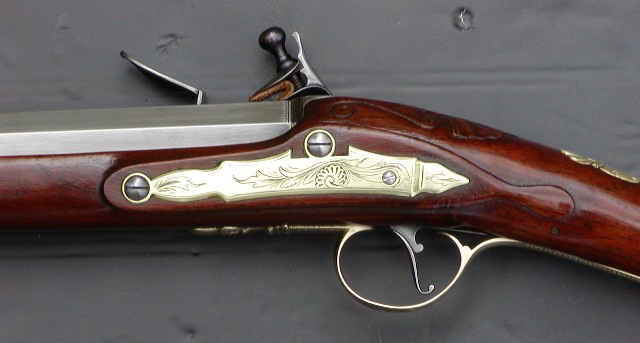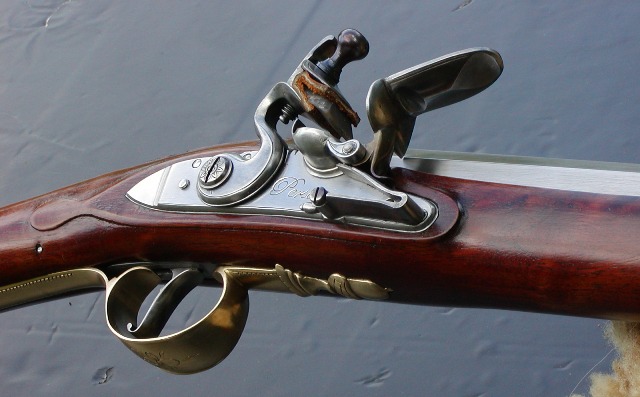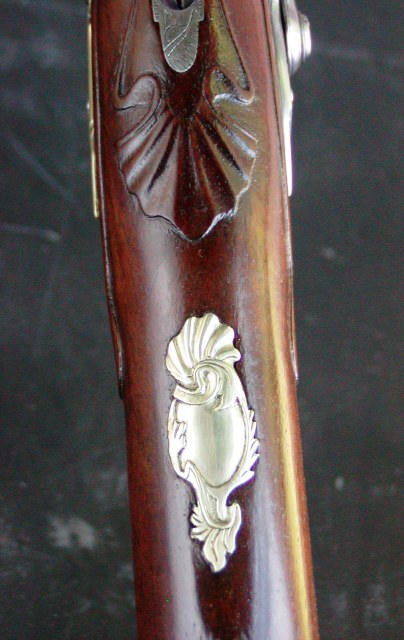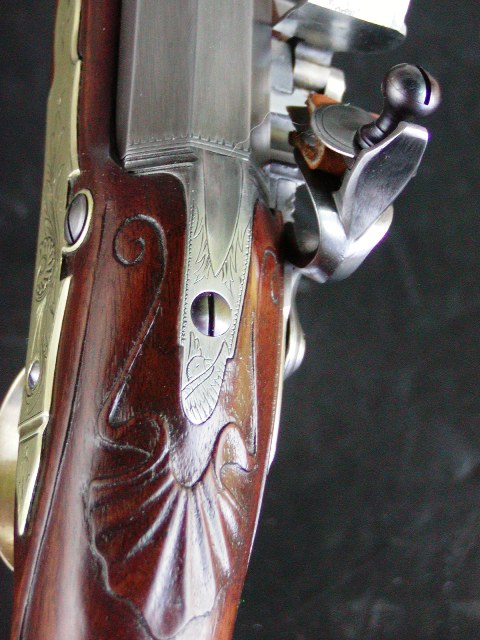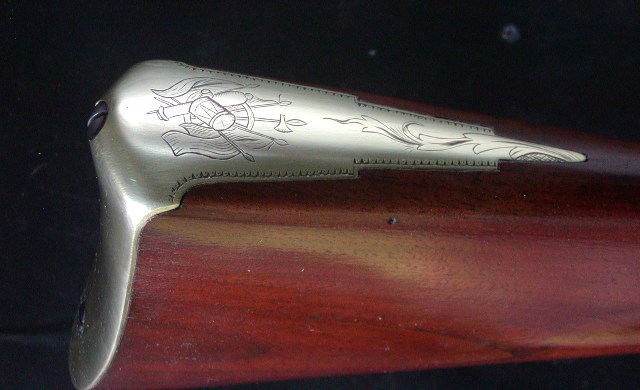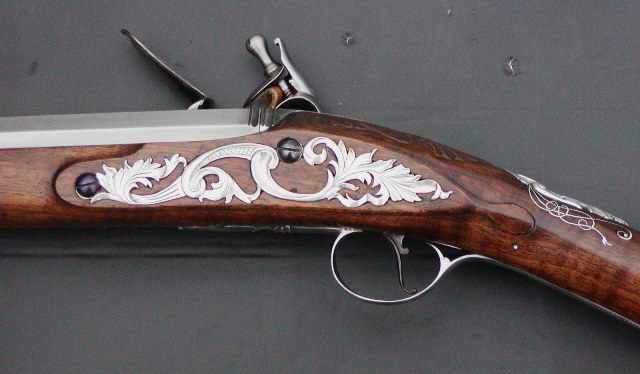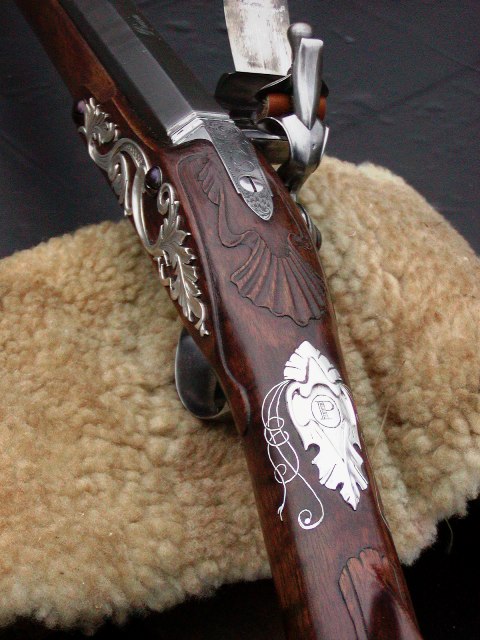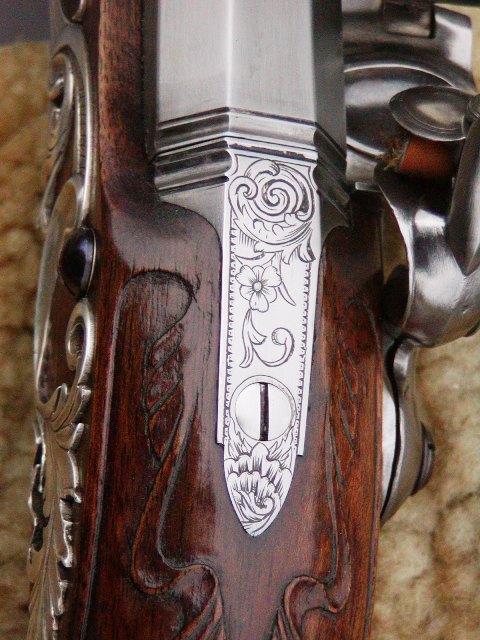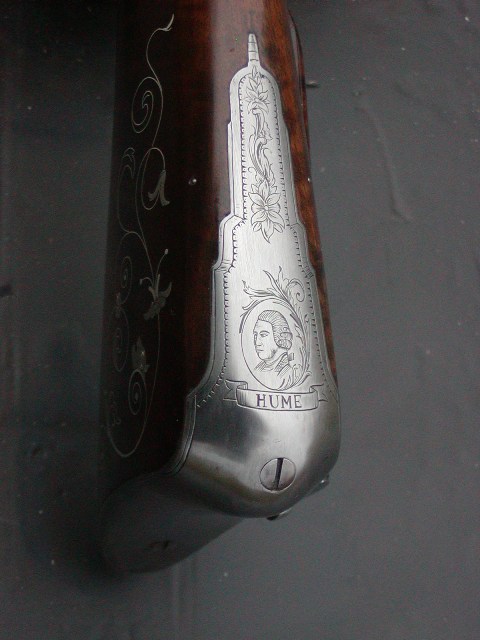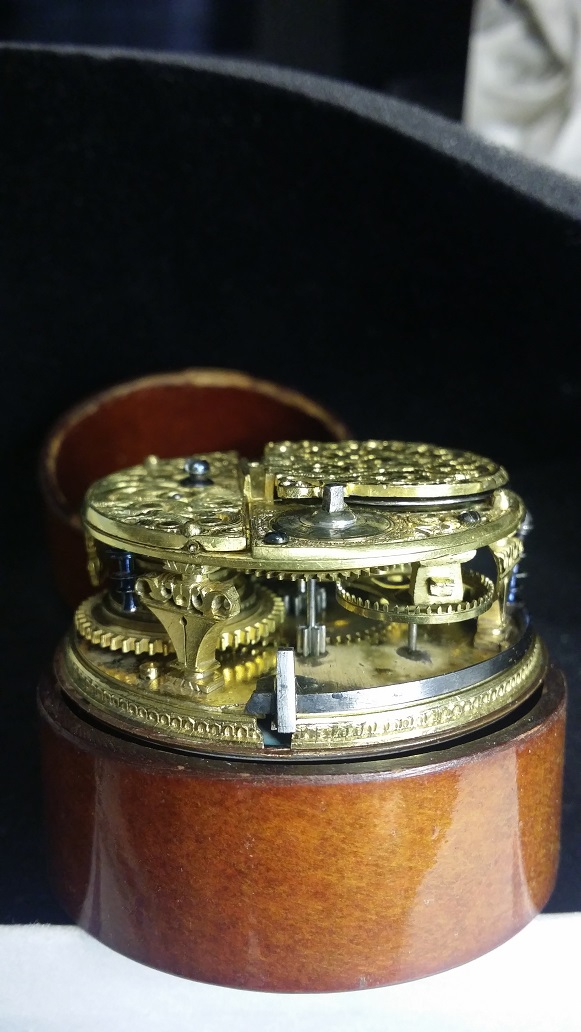Hi
I recently bought an old flintlock pistol from an online auctionhouse. I hoped that when I got it home I would be able to identify what it actually is and how old it is, but my knowledge is more limited than I thought. I can also not find any hallmarks at all on it.
I would really appreciate if anyone could help me determine age, region of maufacture and if it´s an old flintlock at all and not some wall-piece or recent Indian product...
The good pictures are from the auction-house and the not so good is from after I dissasembled it somewhat.
Many thanks in advance
Matthias

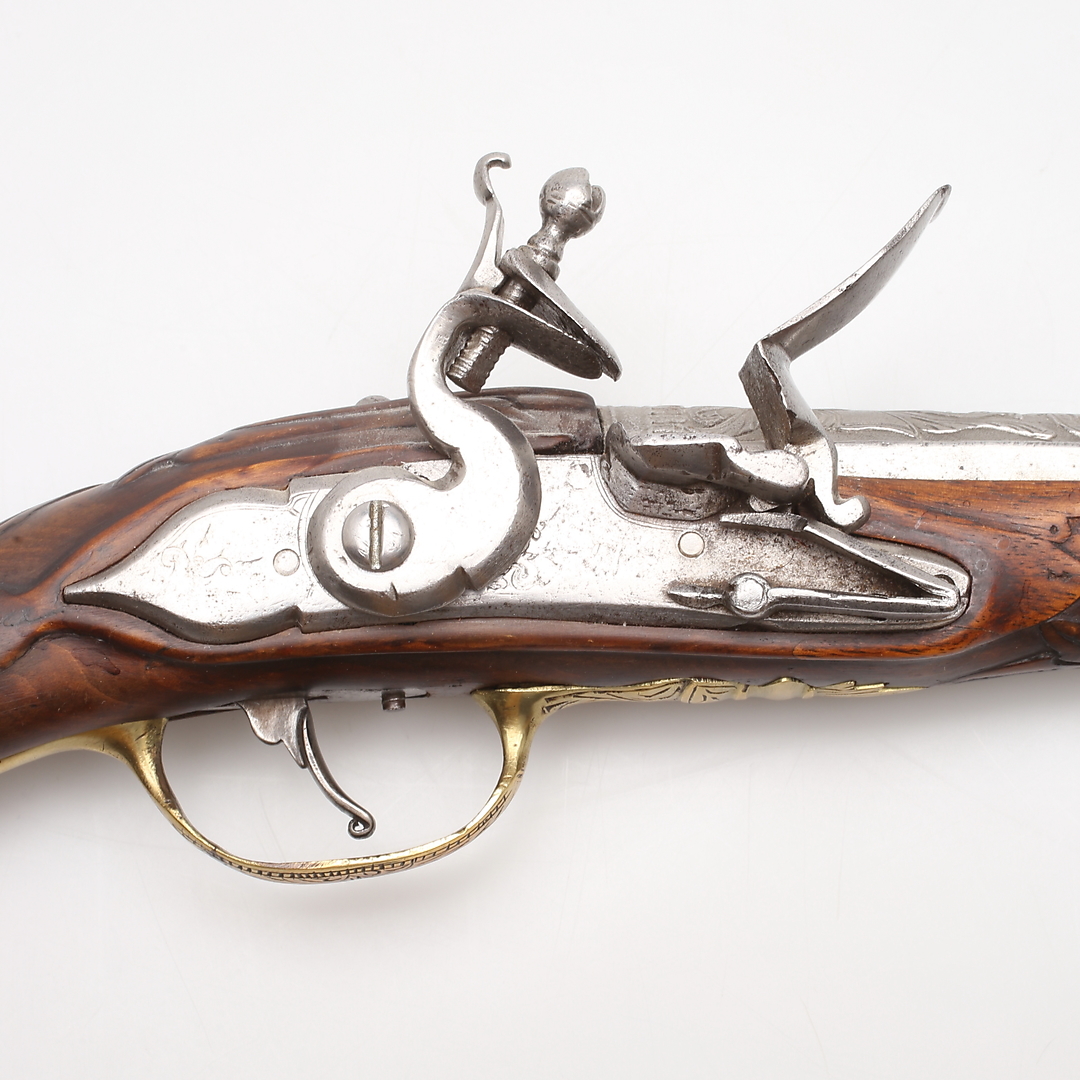
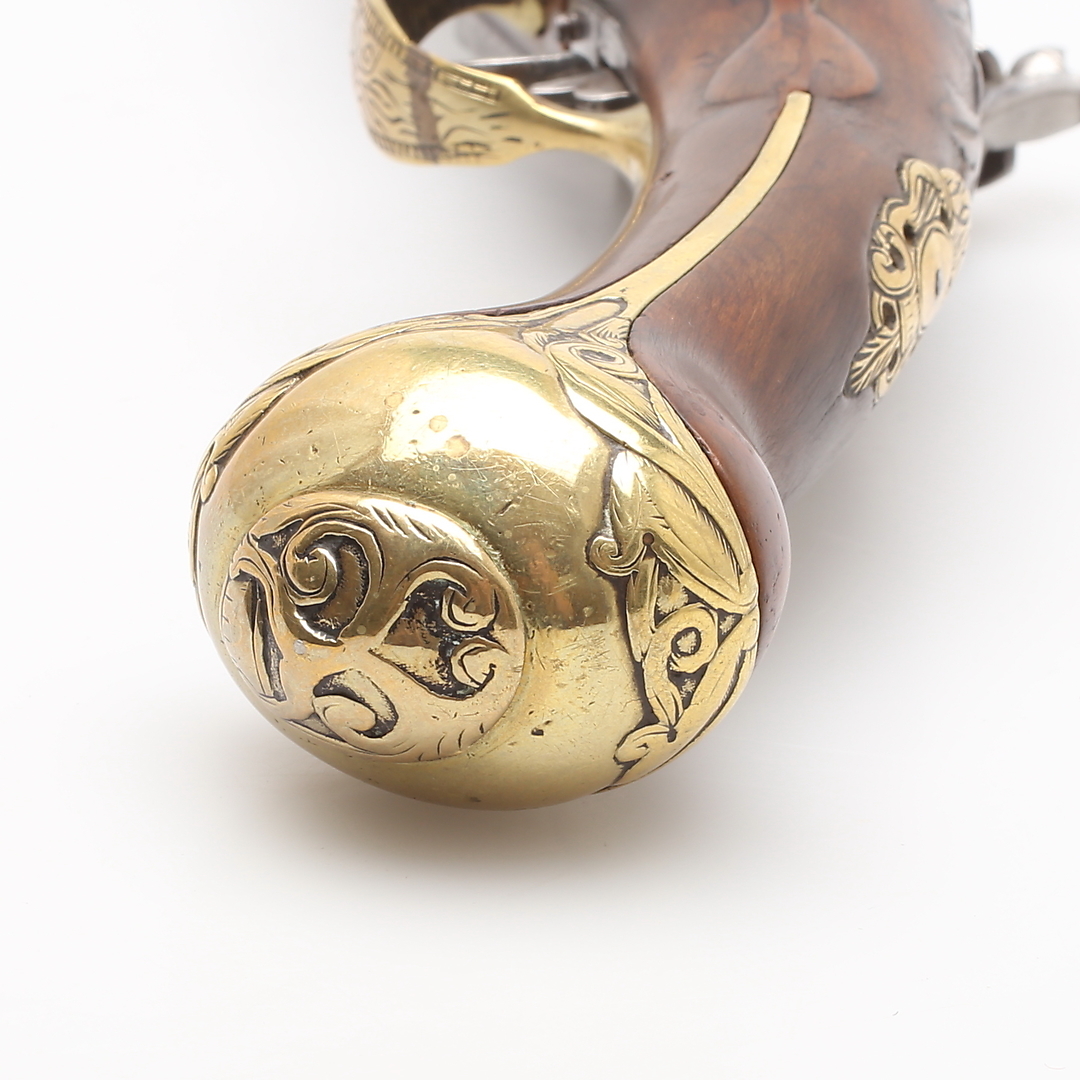
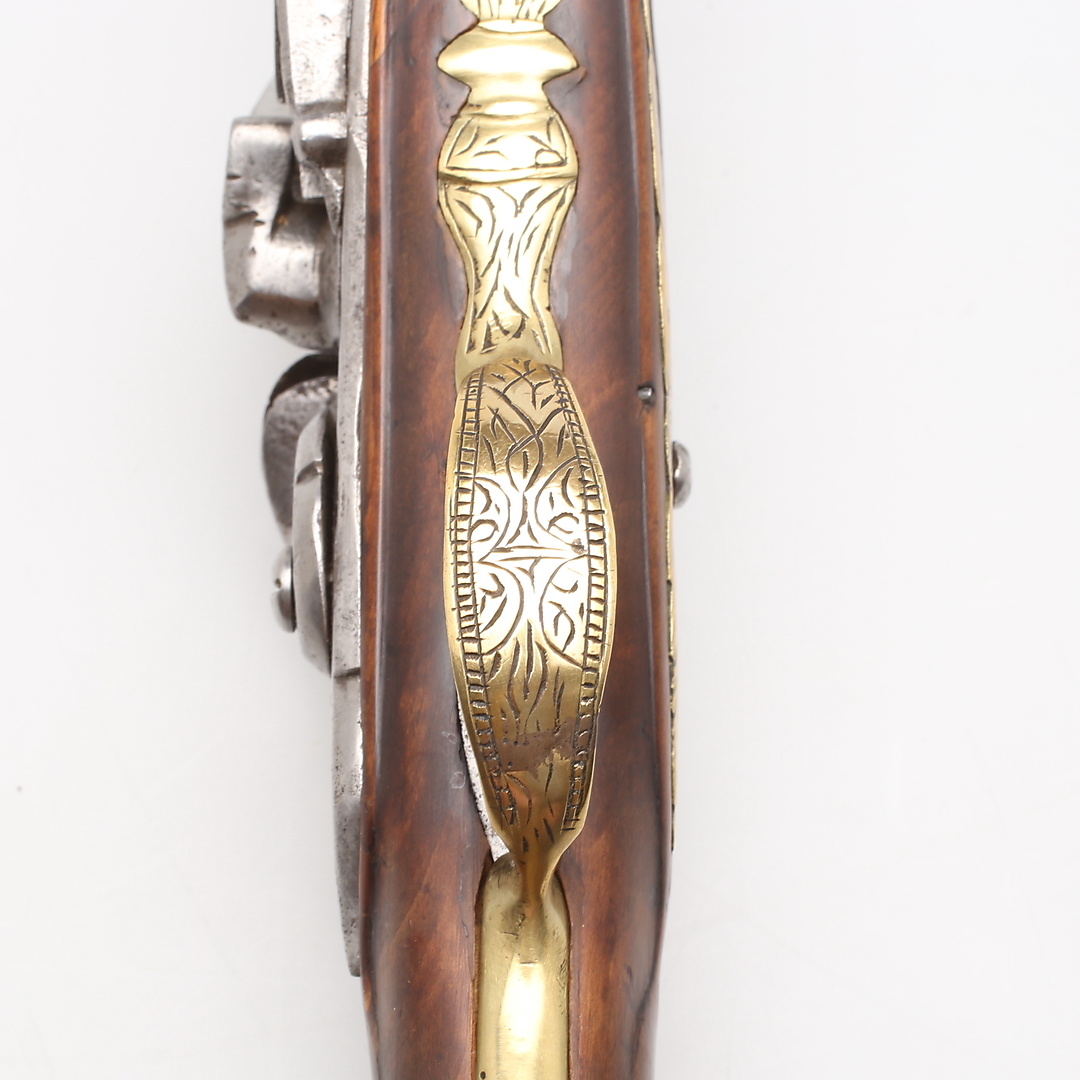
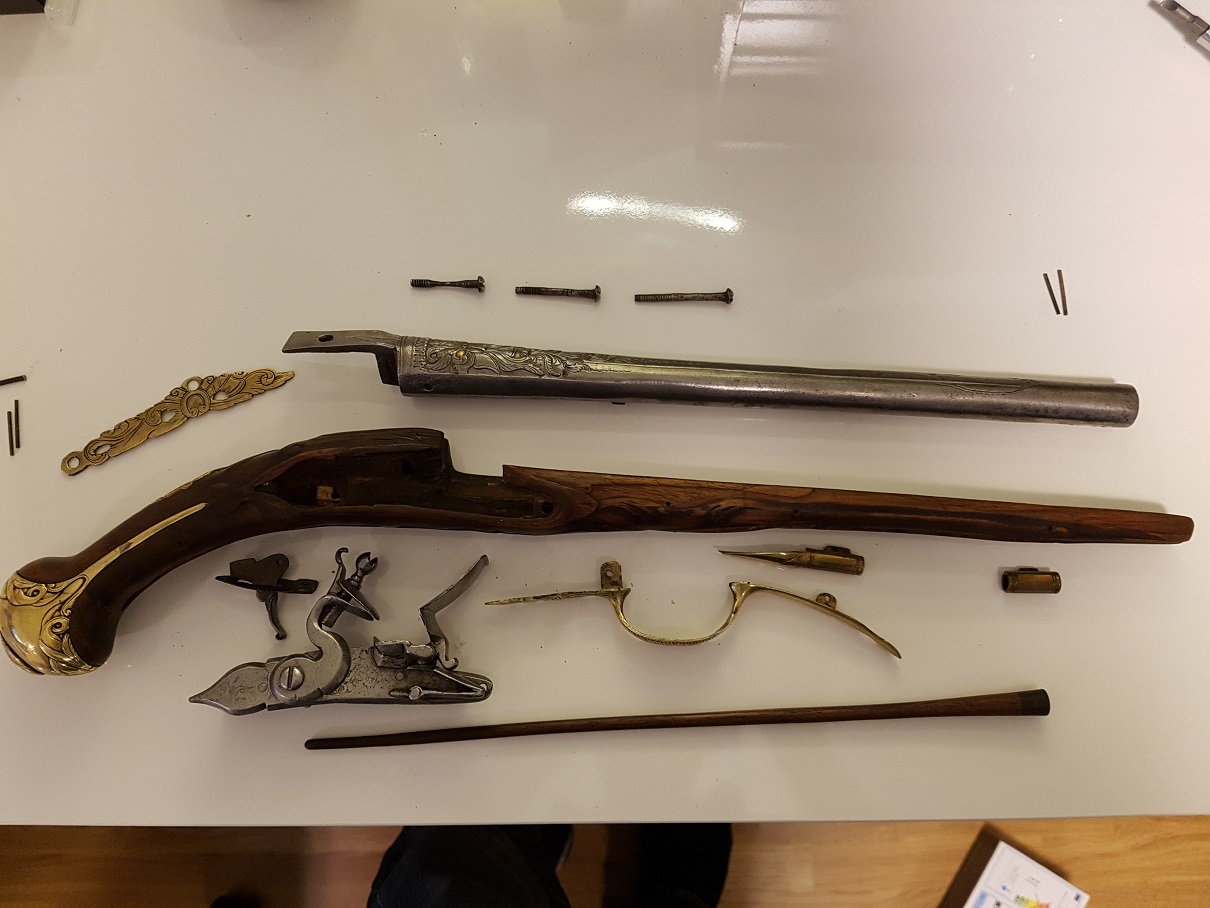
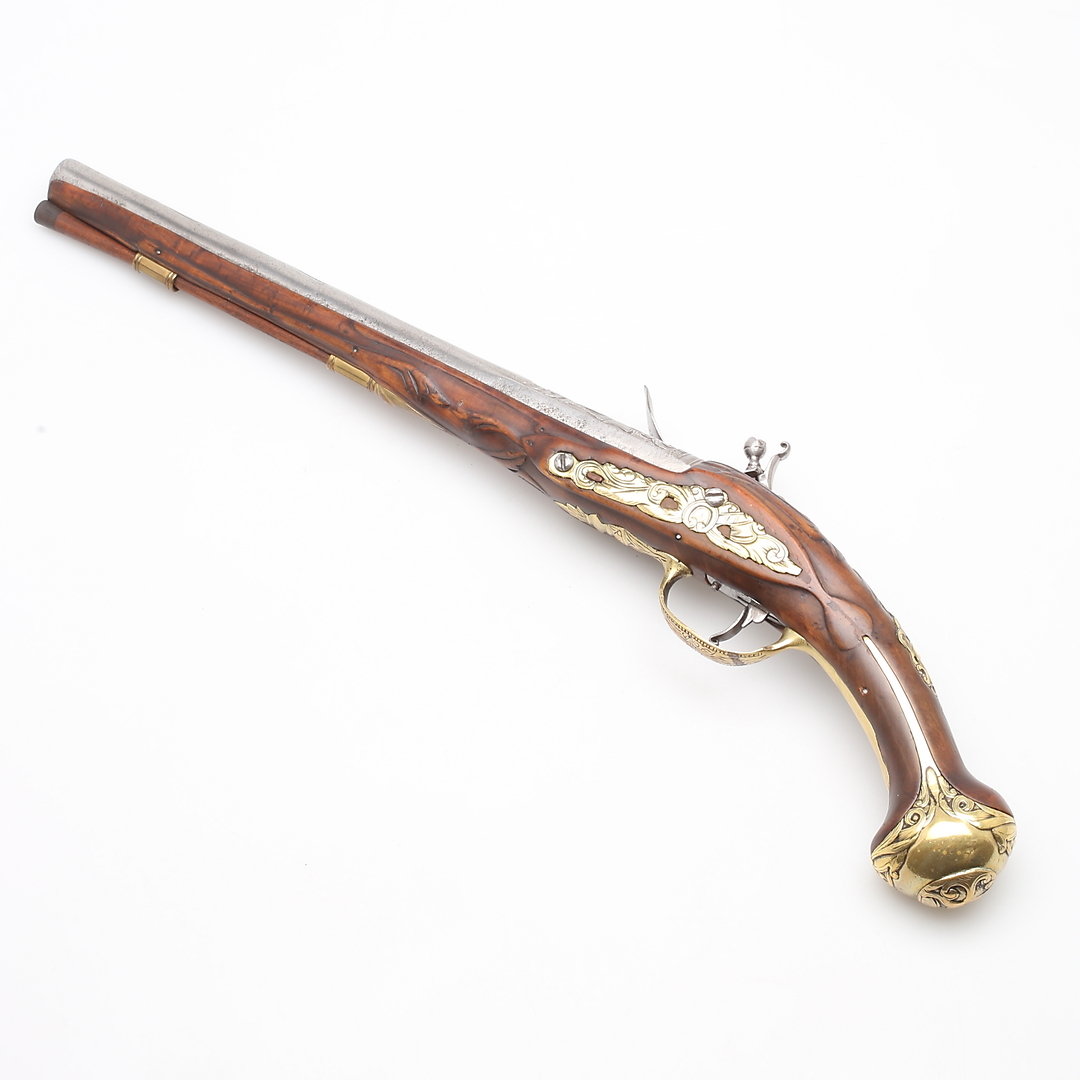
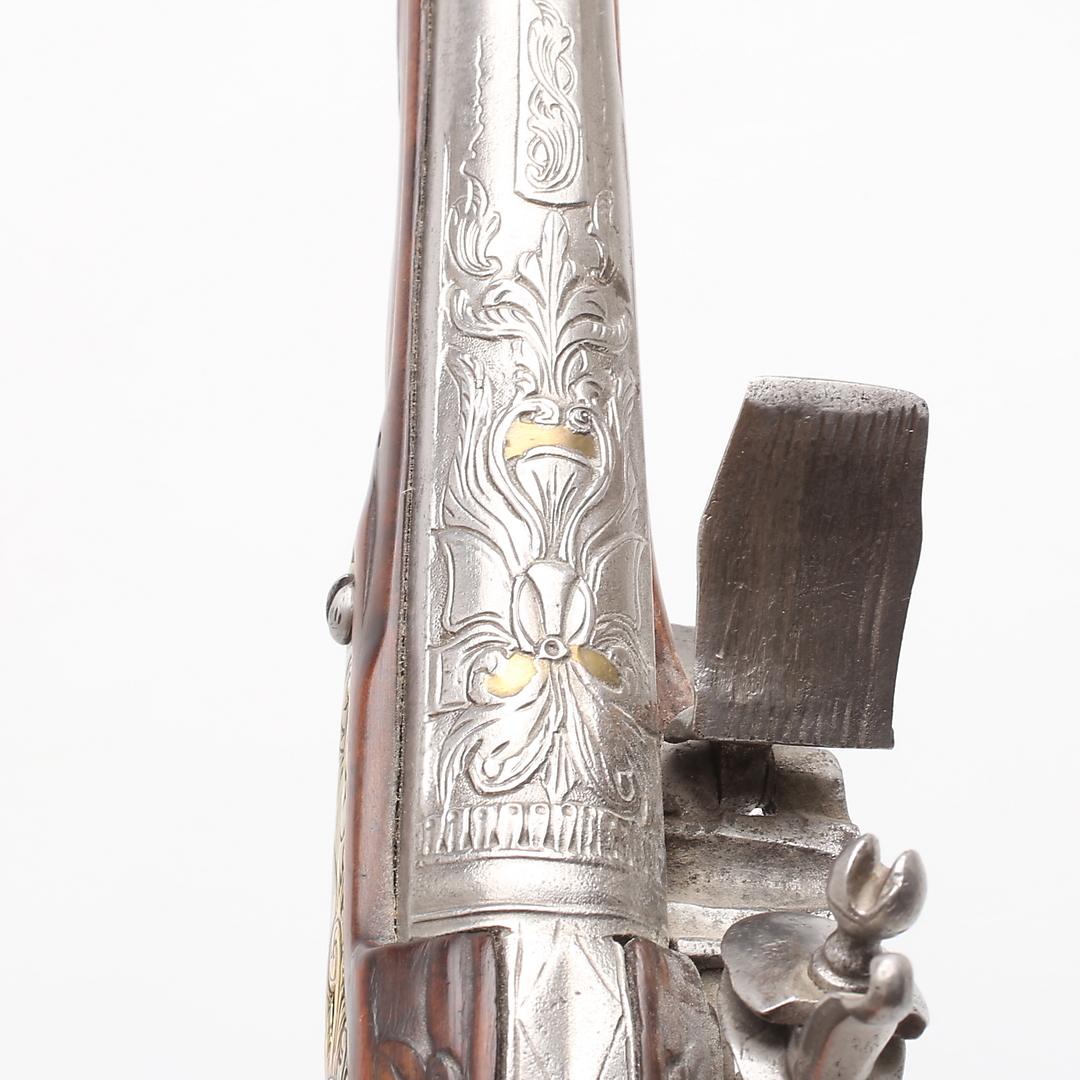
I recently bought an old flintlock pistol from an online auctionhouse. I hoped that when I got it home I would be able to identify what it actually is and how old it is, but my knowledge is more limited than I thought. I can also not find any hallmarks at all on it.
I would really appreciate if anyone could help me determine age, region of maufacture and if it´s an old flintlock at all and not some wall-piece or recent Indian product...
The good pictures are from the auction-house and the not so good is from after I dissasembled it somewhat.
Many thanks in advance
Matthias












